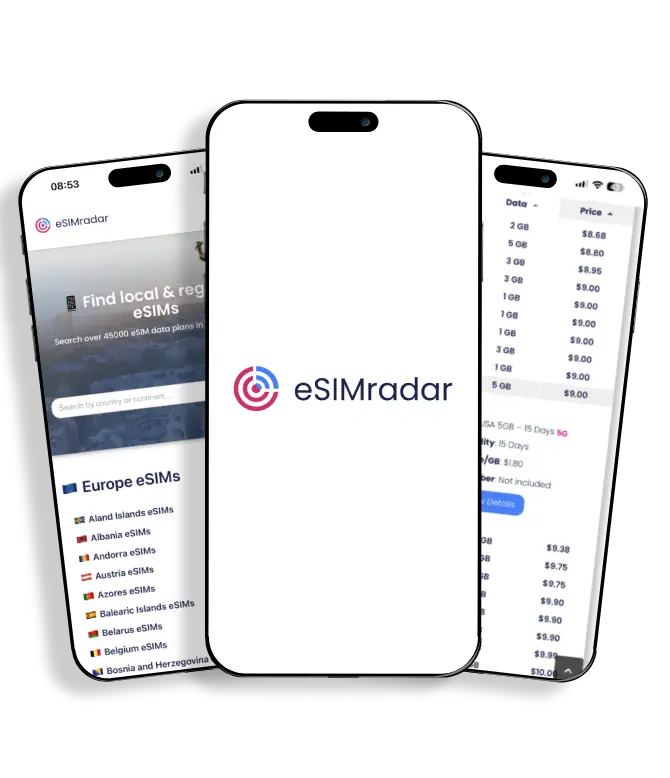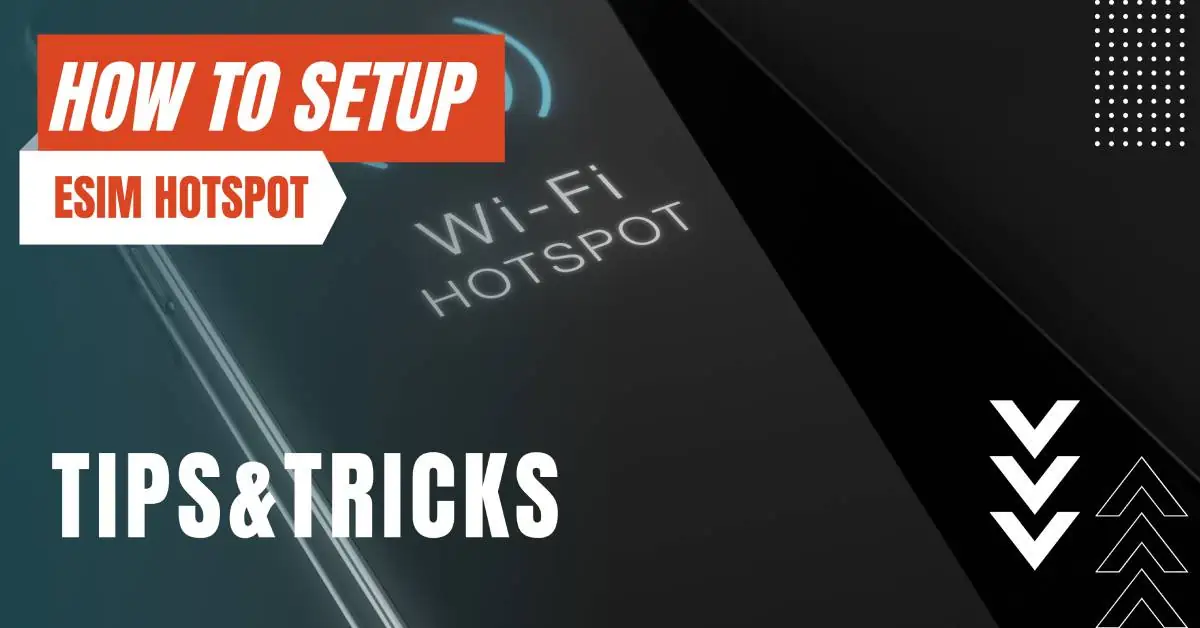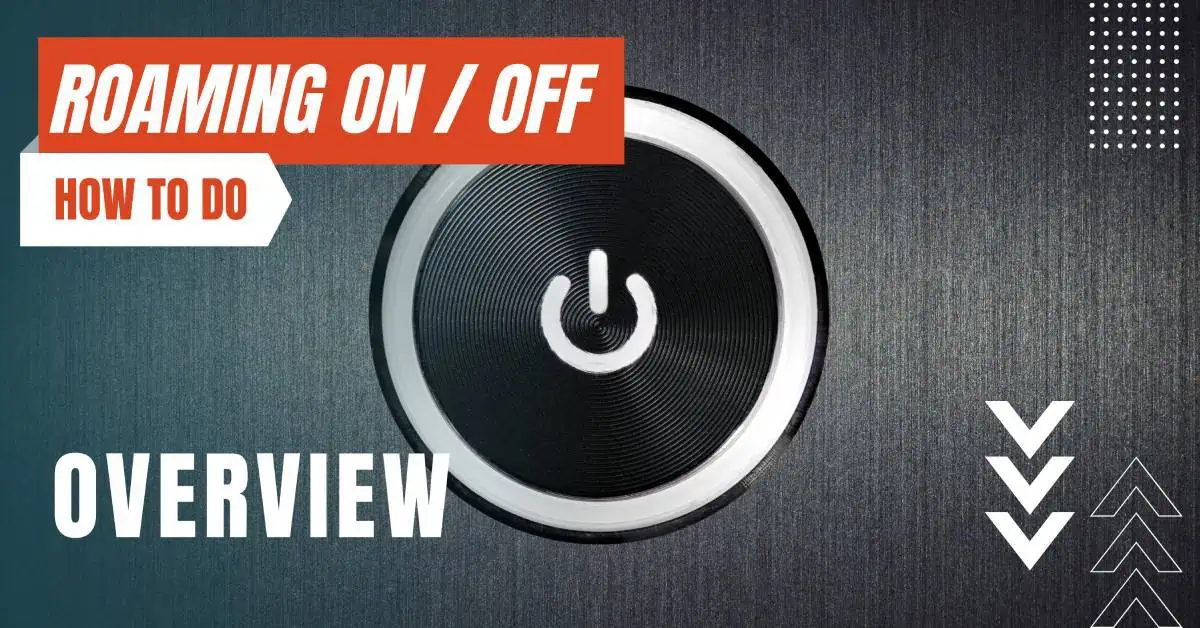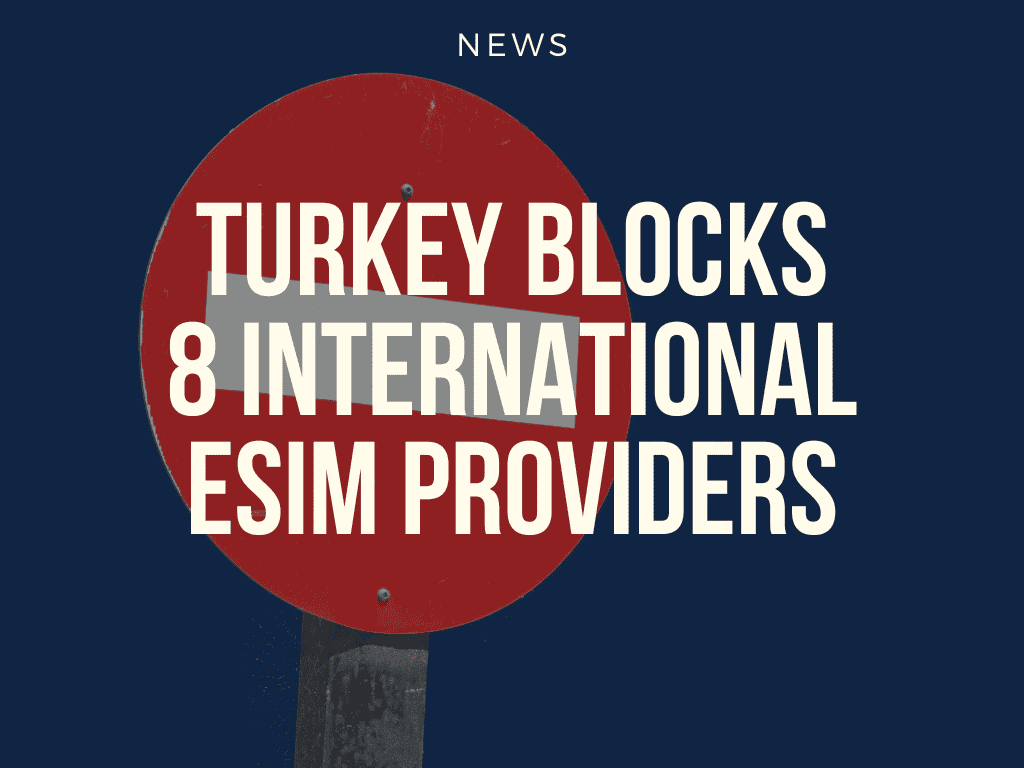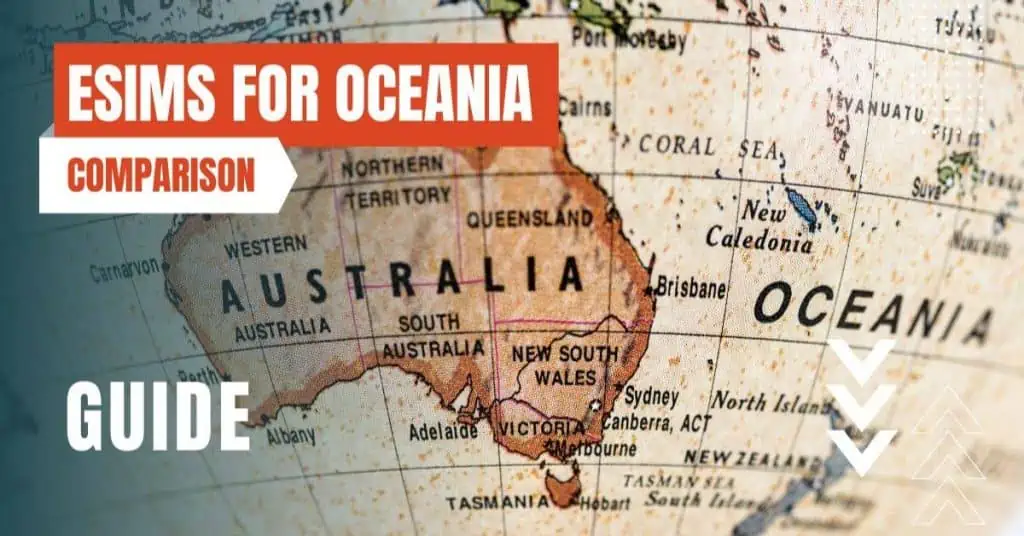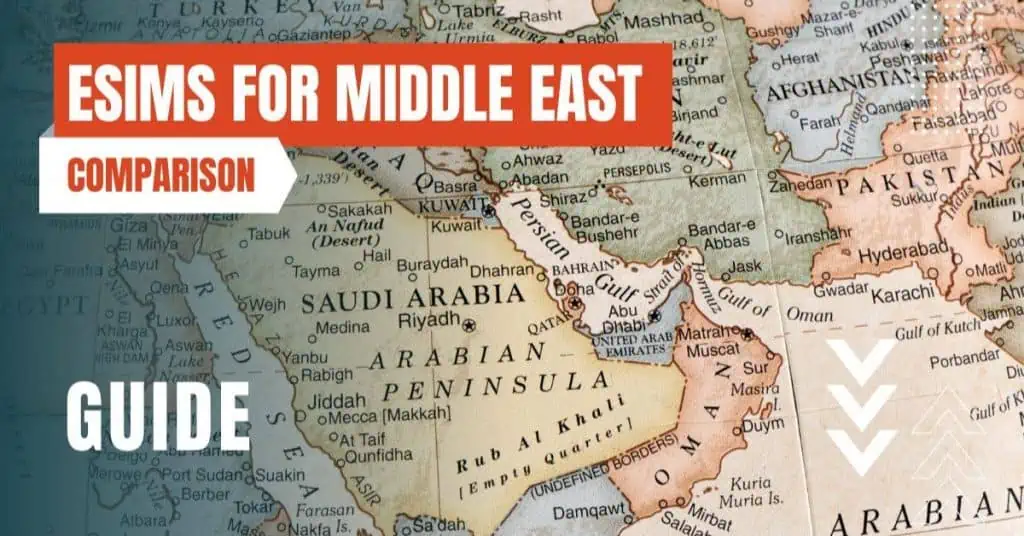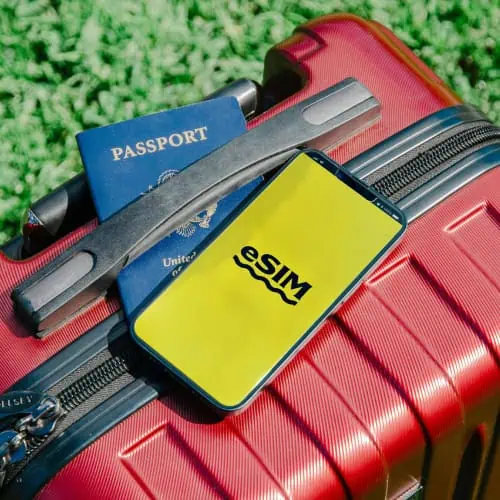All of the products and services we feature are chosen independently. If you click through links we provide, we may earn a commission. Learn more
Written by: Emily Chen
eSIM vs iSIM
- Updated: September 7, 2024 | Published:
In an age where connectivity is paramount, the evolution of SIM cards is a testament to the relentless pursuit of innovation. eSIM and iSIM, the vanguards of this evolution, are redefining the very fabric of mobile communication.
With eSIM, the days of fumbling with tiny cards and trays are gone, replaced by a seamless, embedded solution. iSIM takes it a step further, integrating SIM functionality into the device’s processor. This heralds not just a revolution in design but a leap in security and application.
From wearables to the Internet of Things, eSIM and iSIM are the catalysts propelling devices into a new era of connectivity.
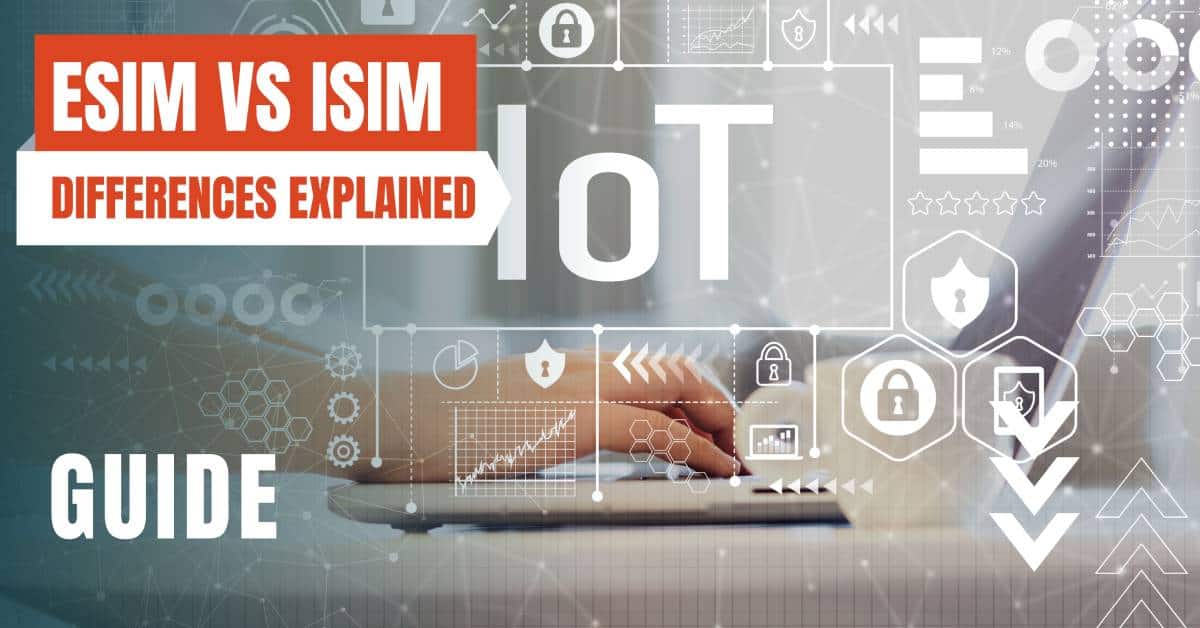
eSIM: A Leap in Connectivity
Enter eSIM, the embedded SIM, a game changer in the realm of mobile connectivity. This avant-garde innovation is not just a replacement for the traditional SIM card; it’s an overhaul. Imagine the freedom to switch between carriers or activate devices with a few taps on the screen
eSIM makes this a reality. This minuscule chip, integrated into the device, is a product of the GSMA’s vision – a universal specification that guarantees seamless interoperability across devices and networks.
What sets eSIM apart is its unparalleled flexibility. It empowers consumers to take the reins of their connectivity. Whether it’s a change in service providers or the need for a local network while globetrotting, eSIM responds with agility. In fact, the GSMA reports that, over 200 mobile carriers across 109 countries support eSIM functionality.
Moreover, eSIM’s compact footprint is a boon for device manufacturers. By being embedded, it liberates precious real estate within the device. This has been particularly instrumental in the wearable technology sector, where every millimeter counts.
For instance, the Apple Watch Series 3 and later models employ eSIM to provide cellular connectivity without the bulk of a physical SIM card.
iSIM: The Vanguard of Integration
As eSIM continues its march, a new contender emerges – iSIM or integrated SIM. This nascent technology takes integration to the next level. Instead of being a separate component, iSIM melds SIM functionality into the device’s main processor or System on a Chip (SoC).
Though still in its early days, iSIM is poised to redefine the landscape. The integration into the SoC is not just about saving space; it’s about fortifying security. With SIM functionality woven into the SoC, the barriers are higher for any malicious attempts to tamper with the SIM.
ARM, a leading technology provider, estimates that iSIM could reduce the SIM footprint by up to 90% compared to traditional SIM cards.
eSIM vs iSIM
At first glance, eSIM and iSIM may seem like two sides of the same coin. Both are trailblazers in saving space and offering the flexibility to switch carriers. However, the devil is in the details.
eSIM, though embedded, remains a separate entity soldered onto the device’s main board. iSIM takes a bolder approach by integrating SIM functionality into the device’s very brain – the processor or SoC.
This subtle yet profound difference has ramifications for device design and security. iSIM’s deeper integration could herald an era of even more svelte devices. Moreover, with the SIM nestled within the SoC, iSIM offers an additional layer of security.
iSIM may still be finding its footing, but as it matures, it could very well be the torchbearer of SIM technology. According to a report by Counterpoint Research, iSIM is expected to account for 34% of SIM connections by 2025.
Adoption and Compatibility: The Road Ahead
One of the open questions is the adoption and compatibility of eSIM and iSIM across devices and carriers. eSIM has gained significant traction, with major carriers and device manufacturers embracing the technology.
Apple, Google, and Samsung, among others, have integrated eSIMs into their smartphones, smartwatches, and tablets. However, not all carriers support eSIM, and compatibility can vary by region. Consumers should check with their carrier for eSIM support and availability.
iSIM, being a newer technology, is still in the early stages of adoption. As iSIM requires integration into the SoC, it necessitates collaboration between device manufacturers, SoC providers, and carriers.
The adoption of iSIM will likely accelerate as more SoC providers, such as Qualcomm and MediaTek, incorporate iSIM technology into their chipsets.
Transitioning from Physical SIMs
Another open question is how consumers can transition from physical SIMs to eSIM or iSIM. For eSIM, the transition is relatively straightforward. Devices with eSIM capability often allow users to scan a QR code or enter details manually to activate the eSIM.
For devices with iSIM, the activation process is expected to be similar. However, as iSIM is still emerging, the activation process may evolve.
Security Implications
Security is a critical aspect of SIM technology. While iSIM promises enhanced security due to its integration into the SoC, it also raises questions regarding data privacy and protection.
The integration of SIM functionality into the SoC could potentially create a single point of failure. Ensuring robust security measures and encryption is essential to safeguard user data.
Future Applications
The potential applications of eSIM and iSIM extend beyond smartphones and wearables. The Internet of Things (IoT) is a burgeoning field where eSIM and iSIM can play a pivotal role.
With the ability to remotely manage connectivity, eSIM and iSIM are ideal for IoT devices, which may be deployed in remote or inaccessible locations. The automotive industry, for instance, can benefit from eSIM and iSIM for connected car technologies.
eSIM and iSIM represent the future of SIM technology, with the potential to transform how devices connect to mobile networks.
As these technologies continue to evolve, collaboration between device manufacturers, carriers, and technology providers will be key to addressing open questions and unlocking the full potential of eSIM and iSIM.
For consumers, the advent of eSIM and iSIM heralds a new era of connectivity, marked by greater flexibility, streamlined designs, and enhanced security.
By entering your email & signing up, you agree to receive promotional emails on eSIMs and insider tips. You can unsubscribe or withdraw your consent at any time.

About The Author
Spread the Word, Share the Joy
Compare eSIMs
Why keep the secret to yourself? Spread the joy of eSIMradar and let everyone in on the eSIM experience!

Easy eSIM Comparison for Your Needs
Simplifying your search! Easily compare eSIM plans tailored to your specific needs

Coverage in 210+ Countries
Benefit from our extensive eSIM comparison with 30+ providers in over 210 destinations.

Save money without second-guessing
Our platform helps you maximize value, ensuring competitive prices.

Enjoy Hassle-Free Travel Abroad
Whether you’re on holiday or a business trip abroad, stay connected with ease and focus on enjoying your experiences,
Find Your Perfect eSIM & Exclusive Deals!
Find your ideal eSIM effortlessly and stay connected in style wherever your adventures take you! Get exclusive deals and discounts at your fingertips, ensuring you get connected for less on your travels!
